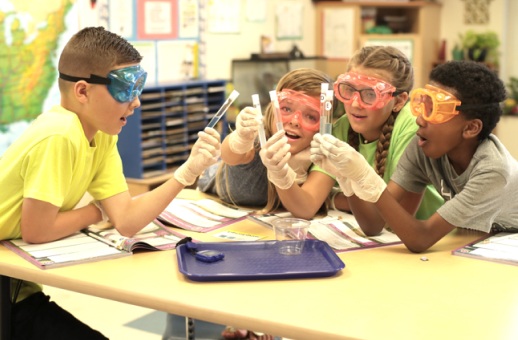1. Critical Thinking: where curiosity begins

Imagine a classroom buzzing with questions. Except, not fact-based “how many rings does Saturn have” questions. Questions like: is it possible for New York City to become carbon neutral? What would that plan look like? Or: why does the kind of water (fresh or salt) affect how long it takes an ice cube to melt? That’s the power of critical thinking at work. It’s all about encouraging young minds to ask, “Why?” and “How?” Critical thinkers don’t just accept things at face value; they dig deeper. When students learn to analyze information, separate facts from opinions, and spot patterns, they become problem-solving heroes.
Picture a group of students exploring a science experiment. Instead of just following a set of instructions, they’re asking themselves, “What will happen if we change this variable?” That’s critical thinking igniting their imagination — it’s like a spark that lights up their learning journey.
